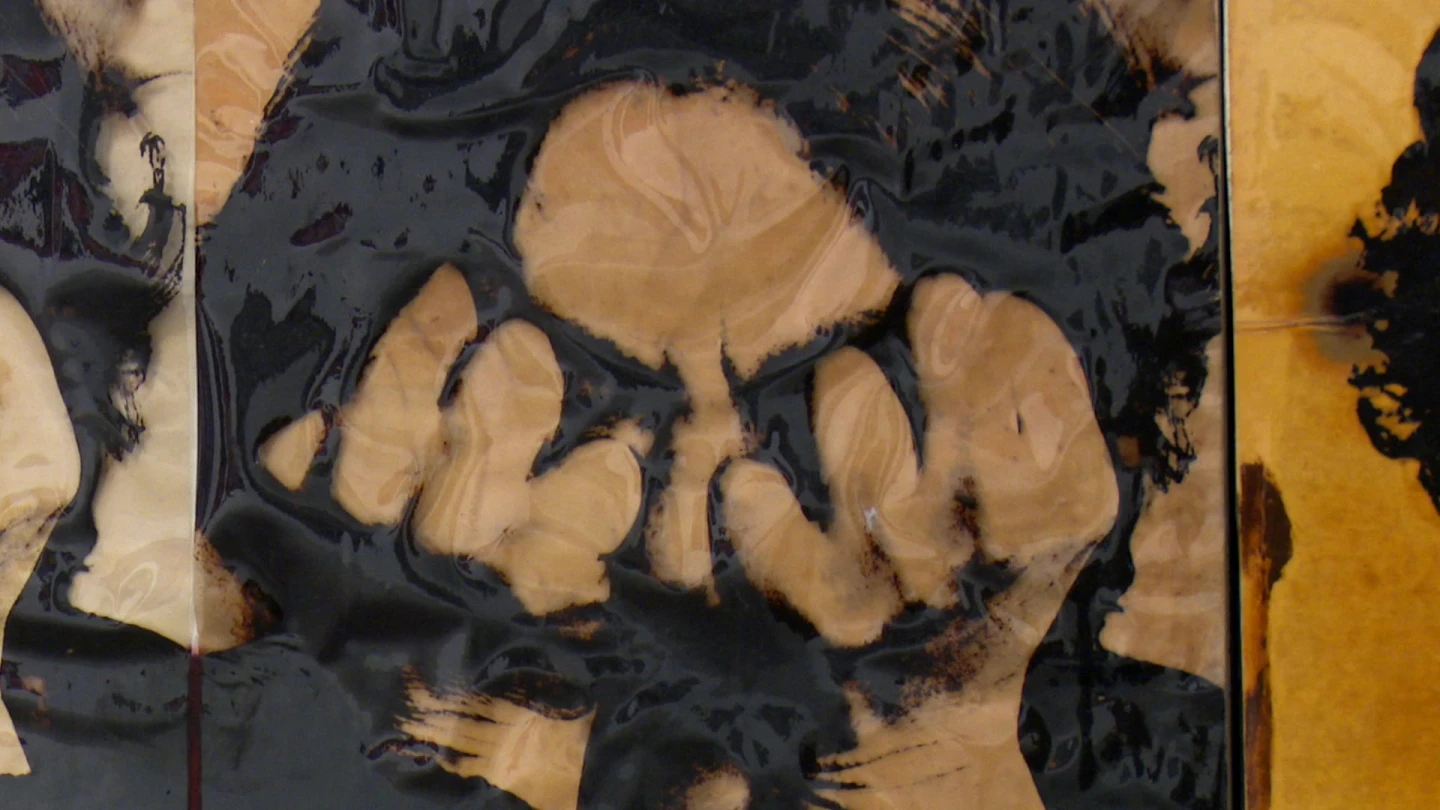Marisa González. Art, Memory and Commitment
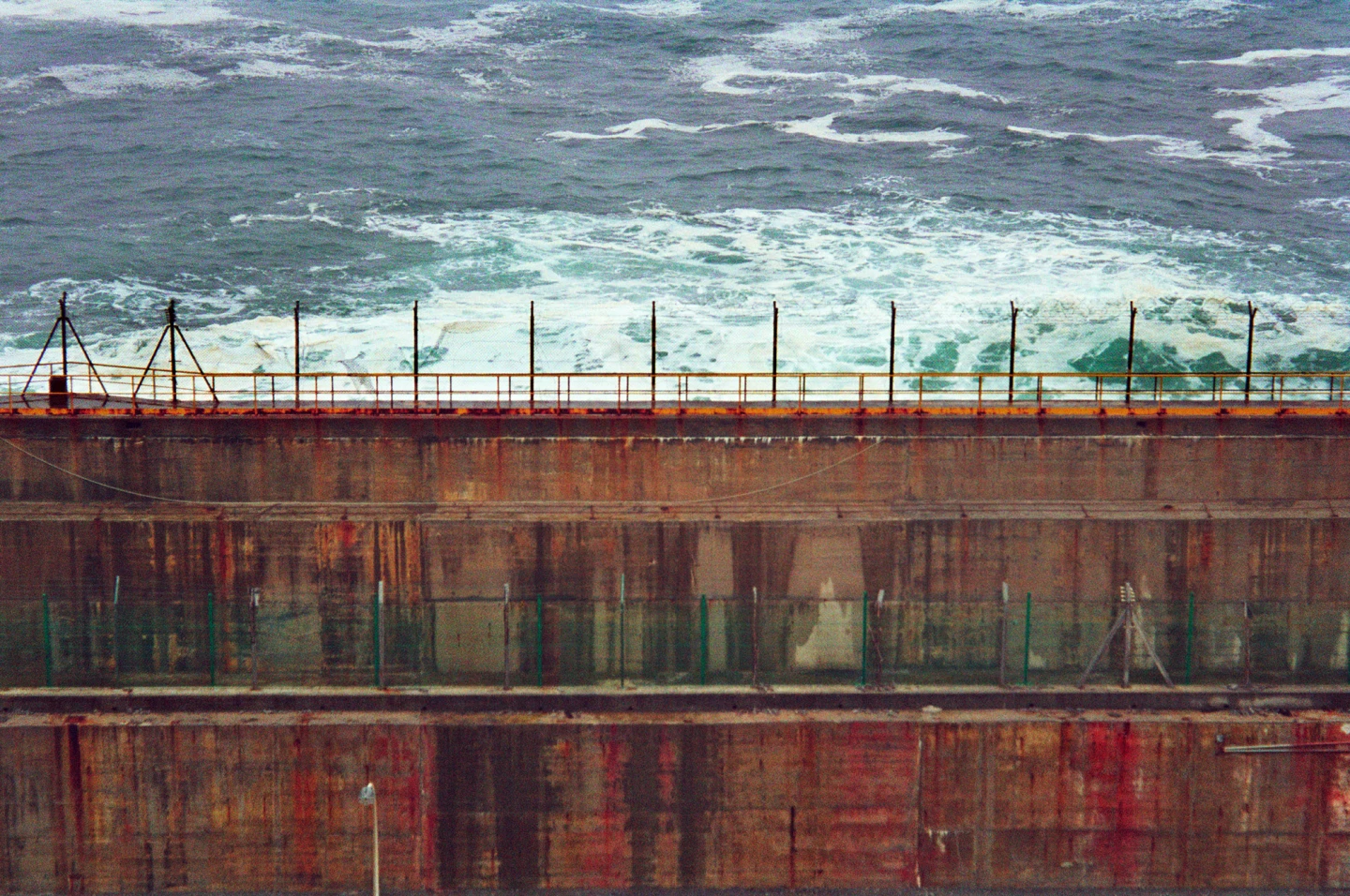
Marisa González, El muro (The Wall)
From the “Nuclear Lemóniz”, 2003–2004 series
Within the framework of the anthological exhibition devoted to Marisa González (Bilbao, 1943), this two-session public programme explores two specific strands of González’s life and career arc. On one side, the Nuclear Lemóniz (2003–2004) project, with the screening of an audiovisual piece made around the work, and, on the other, a round-table discussion on the associative movement of artists in the late 1960s and the early years of democracy in Spain, revised from a feminist perspective.
Organised by
Museo Reina Sofía
Participants
Angiola Bonanni
(Rome, 1942) is an artist, a painter’s daughter, who relinquished her philosophy studies to focus on making iron sculptures. By the time she moved to Spain, in the early 1960s, she had already taken part in different collective shows for young artists, holding her first solo show at Galería Neblí in Madrid in 1966, which featured a short introduction by poet José Hierro. She would soon become involved in the associative and democratising efforts of Spain’s culture sectors, and in the 1980s her work transitioned from sculpture to installation, and then to video. In recent years, she has been exploring issues of feminism, multiculturalism and immigration.
Marisa González
(Bilbao, 1943) is an artist and pioneer in the use of new technology applied to art. The reproduction of images and the use of fragments and repetition to generate form are constants running through her practice. González also trained extensively in music and visual arts: she studied piano at the Music Conservatory of Bilbao and obtained degree in Fine Arts from the Complutense University of Madrid in 1971, an MA from the Art Institute of Chicago (USA) in 1973 and a bachelor’s degree in Fine Arts from the Corcoran School of the Arts in Washington D.C. in 1976, where she also received an End-of-Degree Award. Her art-making, based on the assemblage of techniques, has been exhibited widely at many art institutions, with over sixty solo and 150 collective shows, and her work is part of different major collections. In 2023, she was the winner of Spain’s Velázquez Award for Plastic Arts.
Violeta Janeiro Alfageme
(Vigo, 1982) holds a PhD in Art History from the University of Santiago de Compostela. Her work focuses on the memory of women’s resistance movements against the Spanish dictatorship and on collaborative, community and procedural artistic practices which impact the public sphere. She has co-curated exhibitions at the Centro de Arte Dos de Mayo (CA2M) (Móstoles, Madrid), the Museo Universitario Arte Contemporáneo (MUAC) (Mexico City), the Museo de Arte Contemporáneo de Vigo (MARCO) (Vigo, Pontevedra), and curated projects at Städtische Galerie Kubus (Hannover, Germany) and Matadero Madrid. In 2023 and 2024 she directed the FotoNoviembre XVII International Photography Biennial. Her exhibition ¿Cómo continuar? (How to Continue?) [Lima, 2021] won an award from the Association of Curators in Peru. At the present time, she is putting together a show for Le 19, Centre Régional d’Art Contemporain (CRAC) (Montbéliard, France).
Concha Jerez
(Las Palmas de Gran Canaria, 1941) is a pre-eminent artist who has been honoured with Spain’s National Award for Plastic Arts (2015) and the Velázquez Award for Plastic Arts (2017). Jerez’s creative output has been prolific since the 1970s, starting from conceptual art and materialising into site-specific interventions with a strong critical quality. A performance pioneer in Spain, she has made an array of sound and radiophonic artworks, most notably those created with sound artist and composer José Iges.
More activities

Oliver Laxe. HU/هُوَ. Dance as if no one were watching you
Tuesday, 16 December 2025 – 7pm
As a preamble to the opening of the exhibition HU/هُوَ. Dance as if no one were watching you, film-maker Oliver Laxe (Paris, 1982) engages in conversation with the show’s curators, Julia Morandeira and Chema González, touching on the working processes and visual references that articulate this site-specific project for the Museo Reina Sofía. The installation unveils a new programme in Space 1, devoted from this point on to projects by artists and film-makers who conduct investigations into the moving image, sound and other mediums in their exhibition forms.
Oliver Laxe’s film-making is situated in a resilient, cross-border territory, where the material and the political live side by side. In HU/هُوَ. Dance as if no one were watching you, this drift is sculpted into a search for the transcendency that arises between dancing bodies, sacred architectures and landscapes subjected to elemental and cosmological forces. As a result, this conversation seeks to explore the relationship the piece bears to the imagery of ancient monotheisms, the resonance of Persian Sufi literature and the role of abstraction as a resistance to literal meaning, as well as looking to analyse the possibilities of the image and the role of music — made here in collaboration with musician David Letellier, who also works under the pseudonym Kangding Ray — in this project.
These inaugural conversations, part of the main working strands of the Museo’s Public Programmes Area, aim to explore in greater depth the exhibition narratives of the shows organised by the Museo from the perspective of artists, curators and specialists.
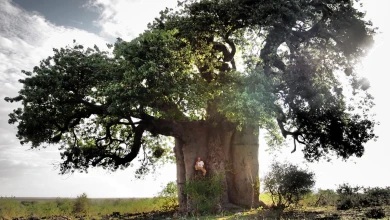
Francisco López and Barbara Ellison
Thursday, 11 December - 8pm
The third session in the series brings together two international reference points in sound art in one evening — two independent performances which converse through their proximity here. Barbara Ellison opens proceedings with a piece centred on the perceptively ambiguous and the ghostly, where voices, sounds and materials become spectral manifestations.
This is followed by Francisco López, an internationally renowned Spanish sound artist, who presents one of his radical immersions in deep listening, with his work an invitation to submerge oneself in sound matter as a transformative experience.
This double session sets forth an encounter between two artists who, from different perspectives, share the same search: to open ears to territories where sound becomes a poetic force and space of resistance.
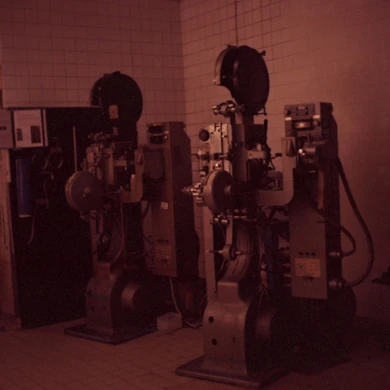
Long Live L’Abo! Celluloid and Activism
4, 5, 6 DIC 2025
L’Abominable is a collective film laboratory founded in La Courneuve (Paris, France) in 1996. It came into being in response to the disappearing infrastructures in artisan film-making and to provide artists and film-makers with a self-managed space from which to produce, develop and screen films in analogue formats such as Super 8, 16mm and 35mm. Anchored in this premise, the community promotes aesthetic and political experimentation in analogue film opposite digital hegemony. Over the years, L’Abominable, better known as L’Abo, has accompanied different generations of film-makers, upholding an international movement of independent film practices.
This third segment is structured in three sessions: a lecture on L’Abo given by Pilar Monsell and Camilo Restrepo; a session of short films in 16mm produced in L’Abo; and the feature-length film Une isle, une nuit, made by the Les Pirates des Lentillères collective.
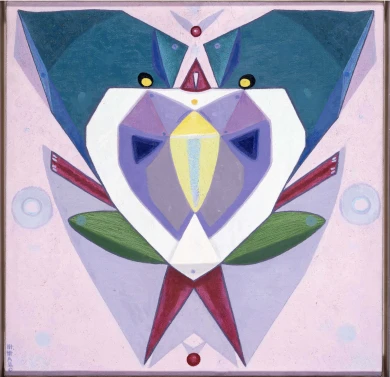
Estrella de Diego Lecture. Holding Your Brain While You Sleep
Wednesday, 3 December 2025 – 7pm
Framed inside the Museo Reina Sofía’s retrospective exhibition devoted to Maruja Mallo, this lecture delivered by Estrella de Diego draws attention to the impact of the artist’s return to Spain after her three-decade exile in Latin America.
Committed to values of progress and renewal in the Second Republic, Mallo was forced into exile to Argentina with the outbreak of the Civil War and would not go back to Spain to settle definitively until 1965 — a return that was, ultimately, a second exile.
Mallo saw out her prolific artistic trajectory with two impactful series: Moradores del vacío (Dwellers of the Void, 1968–1980) and Viajeros del éter (Ether Travelers, 1982), entering her most esoteric period in which she drew inspiration from her “levitational experiences” of crossing the Andes and sailing the Pacific. Her travels, both real and imaginary, became encounters with superhuman dimensions.
In parallel, her public persona gained traction as she became a popular figure and a key representative of the Generation of ‘27 — the other members of which also started returning to Spain.
This lecture is part of the Art and Exile series, which seeks to explore in greater depth one of the defining aspects of Maruja Mallo’s life and work: her experience of exile. An experience which for Mallo was twofold: the time she spent in the Americas and her complex return to Spain.
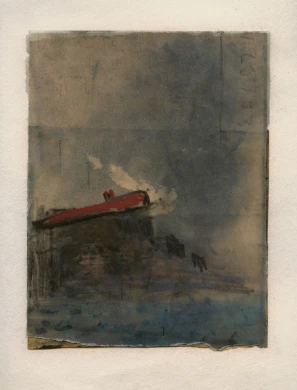
Juan Uslé. That Ship on the Mountain
Tuesday, 25 November 2025 – 7pm
Ángel Calvo Ulloa, curator of the exhibition Juan Uslé. That Ship on the Mountain, engages in conversation with artist Juan Uslé (Santander, 1954) in the Museo’s Auditorium 400 to explore in greater depth the exhibition discourse of this anthological show spanning four decades of Uslé’s artistic career.
The show casts light on the close relationship Uslé’s work bears to his life experiences, establishing connections between different stages and series which could ostensibly seem distant. Framed in this context, the conversation looks to explore the artist’s personal and professional journey: his memories, experiences of New York, his creative process, conception of painting, and ties with photography and film, and the cohesiveness and versatility that characterise his art. Key aspects for a more in-depth understanding of his artistic sphere.
The conversation, moreover, spotlights the preparatory research process that has given rise to this exhibition to grant a better understanding of the curatorial criteria and decisions that have guided its development.
These inaugural conversations, part of the main working strands of the Museo’s Public Programmes Area, aim to explore in greater depth the exhibition narratives of the shows organised by the Museo from the perspective of artists, curators and specialists.


